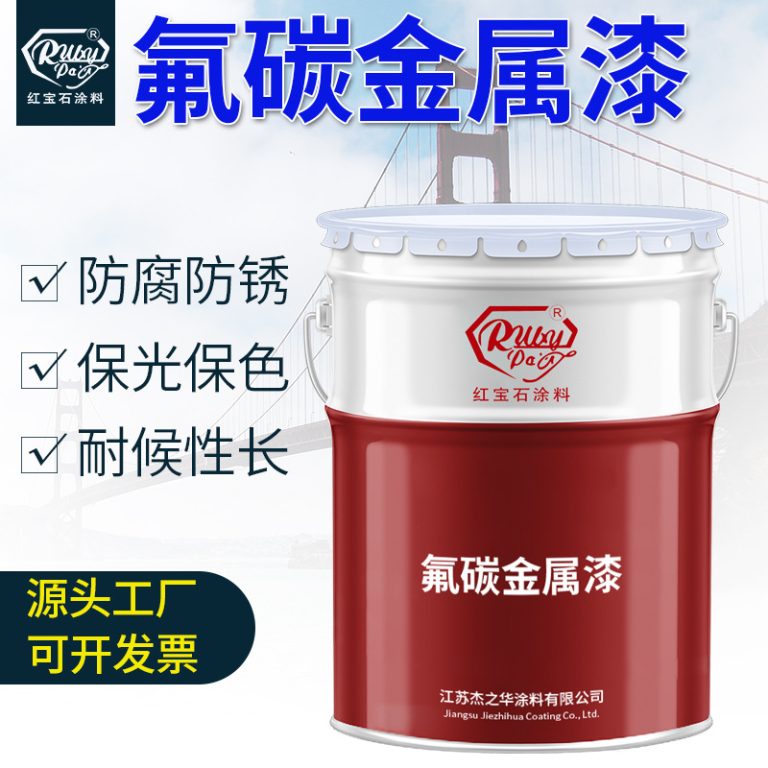Table of Contents
Benefits of Zinc-Rich Epoxy Spray Paint for Corrosion Protection
Zinc-rich epoxy spray paint is a versatile and effective solution for protecting metal surfaces from corrosion. Composed of a blend of epoxy resin and zinc dust, this specialized coating forms a durable barrier that shields against the damaging effects of moisture, chemicals, and environmental factors. The unique combination of epoxy and zinc offers several distinct benefits for corrosion protection, making it an ideal choice for a wide range of applications.
One of the primary advantages of zinc-rich epoxy spray paint is its exceptional corrosion resistance. The high concentration of zinc particles in the coating creates a sacrificial barrier that actively inhibits the formation of rust and corrosion on the underlying metal substrate. As a result, surfaces coated with zinc-rich epoxy are better equipped to withstand harsh conditions and prolonged exposure to moisture and corrosive elements.
In addition to its superior corrosion resistance, zinc-rich epoxy spray paint provides excellent adhesion to metal surfaces. The epoxy resin component forms a strong bond with the substrate, ensuring long-lasting protection and preventing premature coating failure. This strong adhesion is particularly beneficial for applications where the coated surface may be subject to abrasion, impact, or other mechanical stresses.
Furthermore, zinc-rich epoxy coatings offer an added layer of protection against galvanic corrosion. Galvanic corrosion occurs when two dissimilar metals come into contact in the presence of an electrolyte, such as saltwater or acidic solutions. The zinc in the epoxy coating acts as a sacrificial anode, corroding preferentially to the underlying metal substrate and preventing corrosion from spreading.
Another key advantage of zinc-rich epoxy spray paint is its ease of application. Unlike traditional methods of applying zinc coatings, such as hot-dip galvanizing, epoxy spray paint can be easily applied using conventional spray equipment. This allows for greater flexibility in coating complex shapes and structures, as well as faster turnaround times for coating projects.
Moreover, zinc-rich epoxy coatings are available in a variety of formulations to suit different application requirements. Whether you need a fast-drying coating for quick turnaround times or a high-build formulation for added protection, there is a zinc-rich epoxy product to meet your needs. Additionally, these coatings can be easily tinted to match specific color requirements or aesthetic preferences, making them suitable for a wide range of architectural and industrial applications.
In summary, zinc-rich epoxy spray paint offers numerous benefits for corrosion protection, including exceptional resistance to rust and corrosion, strong adhesion to metal surfaces, protection against galvanic corrosion, ease of application, and versatility in formulation. Whether used in marine environments, industrial settings, or architectural applications, zinc-rich epoxy coatings provide durable and reliable protection for metal surfaces, helping to extend their lifespan and reduce maintenance costs. With its proven performance and versatility, zinc-rich epoxy spray paint remains a popular choice for corrosion protection in various industries and applications.
Application Techniques and Best Practices for Using Zinc-Rich Epoxy Spray Paint
Zinc-rich epoxy spray paint is a versatile coating that offers exceptional corrosion protection for various metal surfaces. Its unique formulation combines the rust-inhibiting properties of zinc with the durability of epoxy resin, making it an ideal choice for applications where corrosion resistance is paramount. However, to achieve optimal results, proper application techniques and best practices must be followed.
Before applying zinc-rich epoxy spray paint, it is crucial to prepare the surface thoroughly. Any rust, scale, or contaminants must be removed through abrasive blasting, grinding, or chemical cleaning. This ensures proper adhesion and maximizes the effectiveness of the coating. Additionally, surfaces should be primed with a compatible epoxy primer to enhance adhesion and promote uniform coverage.
When it comes to applying zinc-rich epoxy spray paint, proper ventilation is essential. These coatings typically contain volatile organic compounds (VOCs), which can be harmful if inhaled in high concentrations. Therefore, it is recommended to work in a well-ventilated area or use appropriate respiratory protection.
Before starting the application process, the spray equipment should be checked and calibrated to ensure proper atomization and coverage. It is also important to shake or stir the paint thoroughly to ensure that the zinc particles are evenly distributed throughout the mixture. Uneven distribution can result in inconsistent coverage and reduced corrosion protection.
When spraying zinc-rich epoxy paint, it is best to apply multiple thin coats rather than a single thick coat. This helps prevent sagging and ensures thorough coverage of the substrate. Each coat should be allowed to dry according to the manufacturer’s recommendations before applying the next coat. This helps prevent solvent entrapment and promotes proper curing of the coating.
During application, it is essential to maintain a consistent distance and speed to achieve uniform coverage. Holding the spray gun too close can result in runs and sags, while holding it too far away can lead to inadequate coverage. Experimenting on a test panel can help determine the optimal distance and technique for the specific application.
After the final coat has been applied, it is important to inspect the surface for any defects or imperfections. These should be addressed promptly to ensure the integrity of the coating system. Additionally, proper curing conditions should be maintained to achieve maximum performance and durability.

In conclusion, zinc-rich epoxy spray paint is an effective solution for protecting metal surfaces from corrosion. By following proper application techniques and best practices, users can ensure optimal results and prolong the service life of their assets. From surface preparation to final inspection, attention to detail is key to achieving a durable and reliable coating system.






